uploaded Nov. 15, 2014.
Original (PDF)

Other posts by this author
|
2021 jul 3
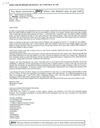
|
2021 mar 7
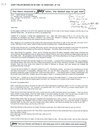
|
2021 mar 3

|
2021 jan 31
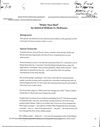
|
2020 nov 19
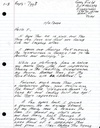
|
2020 oct 29

|
More... |

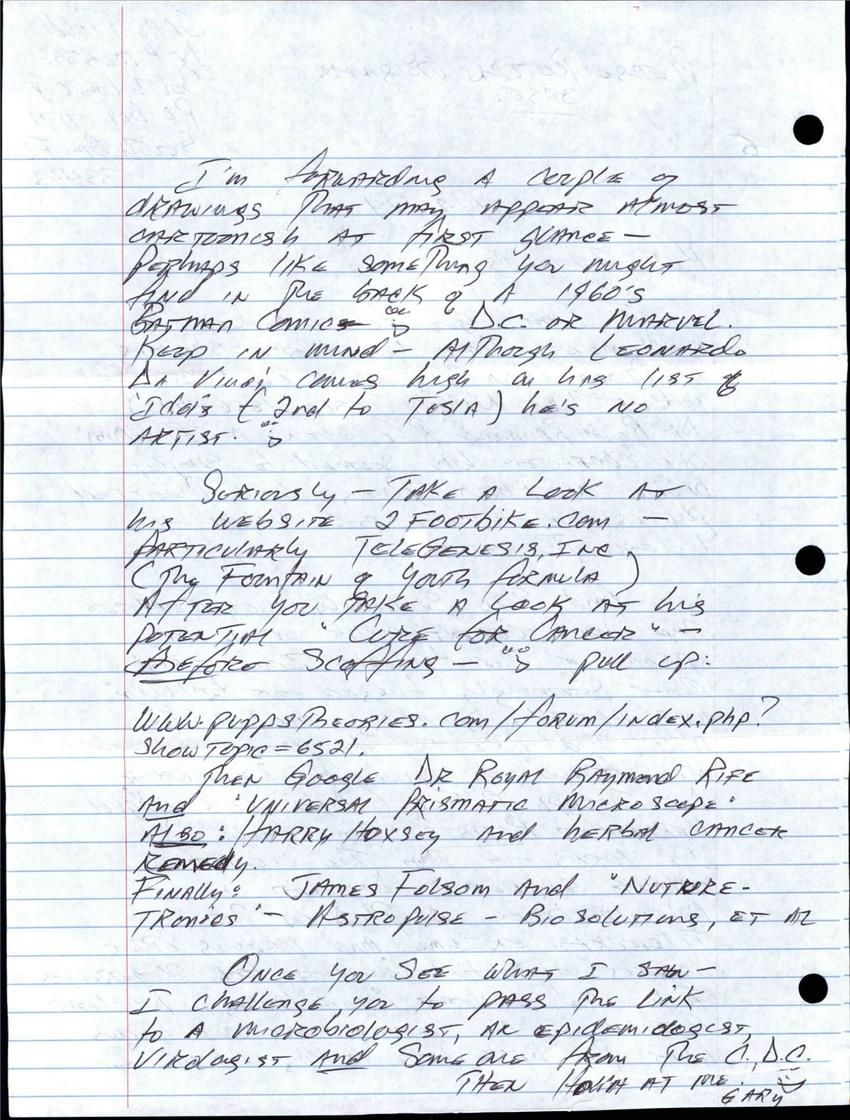



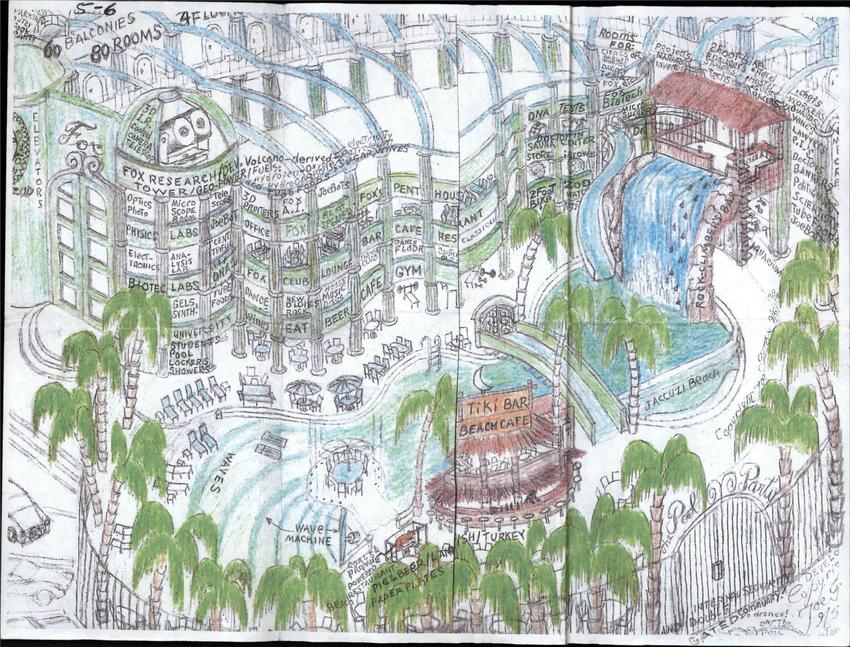

Replies (2)
Non-invasive ultrasound technology treats Alzheimer’s-like symptoms and restores memory in mice
Date: March 12, 2015
Source: Queensland Brain Insitute
Summary:
Scientists have found that non-invasive ultrasound technology can be used to treat Alzheimer's disease and restore memory (in mice). Researchers discovered that the innovative drug-free approach breaks apart the neurotoxic amyloid plaques that result in memory loss and cognitive decline.
University of Queensland researchers discovered that the innovative drug-free approach breaks apart the neurotoxic amyloid plaques that result in memory loss and cognitive decline.
Clem Jones Centre for Ageing Dementia Research director Professor Jürgen Götz said the new treatment method could revolutionize Alzheimer's treatment by restoring memory.
"We're extremely excited by this innovation of treating Alzheimer's without using drug therapeutics," Professor Götz said.
"The ultrasound waves oscillate tremendously quickly, activating microglial cells that digest and remove the amyloid plaques that destroy brain synapses.
"The word 'breakthrough' is often mis-used, but in this case I think this really does fundamentally change our understanding of how to treat this disease, and I foresee a great future for this approach."
Alzheimer's affects more than two-thirds of dementia patients, and approximately a quarter of a million Australians.
The total number of dementia cases in Australia is expected to rise to 900,000 by 2050.
"With an ageing population placing an increasing burden on the health system, an important factor is cost, and other potential drug treatments using antibodies will be expensive," Professor Götz said.
"In contrast, this method uses relatively inexpensive ultrasound and microbubble technology which is non-invasive and appears highly effective.
The approach is able to temporarily open the blood-brain barrier, activating mechanisms that clear toxic protein clumps and restoring memory functions.
"With our approach the blood-brain barrier's opening is only temporary for a few hours, so it quickly restores its protective role," Professor Götz said.
Research has been conducted using mice with an Alzheimer's model, with the next step being to scale the research in higher animal models ahead of human clinical trials, which are at least two years away.
"This treatment restored memory function to the same level of normal healthy mice," Professor Götz said.
"We're also working on seeing whether this method clears toxic protein aggregates in neurodegenerative diseases other than Alzheimer's and whether this also restores executive functions, including decision-making and motor control."